June 2014
Getting a handle on the ACA’s “play or pay” provision
Come Jan. 1, 2015, “large” employers will have to comply with what’s come to be known as the “play or pay” provision of the Affordable Care Act (ACA). The original effective date of Jan. 1, 2014, was pushed back to allow health care providers and employers more time to develop and implement the systems they’ll need to meet the requirements of this provision.
While the delay offers business owners some breathing room, many companies will have to do a fair amount of work this year to collect data on the makeup of their workforces and the health care benefits they offer — all of which is necessary to comply with the ACA. Once that’s done, some companies will need to decide whether it makes sense to boost their health care coverage or risk the penalties they may incur if they don’t — that is, to “play or pay.”
Determining large employer status
The play-or-pay provision generally applies to employers that had at least 50 full-time employees, or a combination of full-timers and full-time equivalent (FTE) employees totaling 50 or more, in the preceding calendar year. Under the ACA regulations, full-time employees typically include those who work an average of at least 30 hours each week or 130 hours in a month.
All part-time employees’ monthly hours are totaled and then divided by 120 to convert them to FTEs. For instance, an employer with 30 part-time employees who work 80 hours each month would have 20 FTEs (30 × 80 = 2,400; 2,400/120 = 20).
When determining whether you’ve hit the 50 full-timer/FTE threshold, keep these two points in mind:
- An employee’s use of Family and Medical Leave Act (FMLA) leave and certain other types of leave can’t be used to reduce his or her work hours for these calculations.
- If two or more companies share an owner or are related, they may be treated as one when determining whether the group of businesses is subject to the play-or-pay provision.
If you’re unsure of how to calculate the numbers for your business, please contact your financial advisor.
Meeting health plan requirements
To ensure they’ll avoid play-or-pay penalties, large employers must meet the health coverage requirements of the ACA, which include providing “minimum essential coverage” that is “affordable” and offers at least “minimum value.” Here’s how the ACA defines these terms:
Minimum essential coverage. A rather broad classification, this includes many plans that are offered in the small- or large-group market in an employer’s state. However, some limited coverage plans — say, those that cover only specific conditions — may fall short of this criterion.
Minimum value. This criterion generally is met when the health plan picks up at least 60% of total allowed benefit costs.
Affordable. To meet this requirement, an employee’s premiums — for the lowest cost, self-only plan that provides minimum essential coverage and value — must come to no more than 9.5% of his or her household income. Given the difficulty that many employers would face in assessing each employee’s household income, they can instead use one of these three safe harbors: 1) The employee’s annual premium is 9.5% or less of his or her W-2 wages, 2) the employee’s monthly premium is 9.5% or less of his or her hourly pay rate multiplied by 130 hours, or 3) the employee’s annual premium is 9.5% or less of the federal poverty level for an individual.
Action to take now
To prepare for the Jan. 1, 2015, play-or-pay effective date, employers must first determine if they’re large employers under the ACA. Large employers that offer health care coverage should review their coverage options to determine if they meet the requirements of minimum coverage and value, as well as affordability. Employers that don’t offer health insurance or whose coverage options don’t meet the ACA’s criteria should compare the cost of providing coverage to the cost of potential penalties (see the sidebar “How the penalties work”), taking into account that insurance costs are tax-deductible, but the penalties aren’t.
Last, it’s important to keep in mind that the ACA is subject to political uncertainties, and there is a possibility that changes may take place before Jan. 1, 2015.
This material is generic in nature. Before relying on the material in any important matter, users should note date of publication and carefully evaluate its accuracy, currency, completeness, and relevance for their purposes, and should obtain any appropriate professional advice relevant to their particular circumstances.
Share Post:









